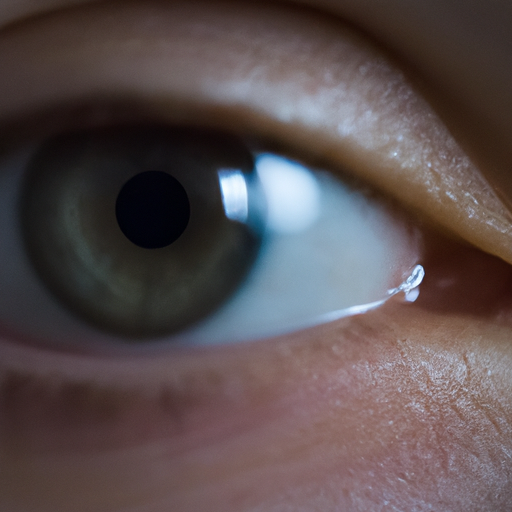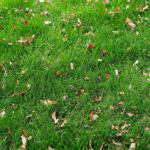Introduction
The conjunctiva is a thin, transparent layer of tissue that covers the front surface of the eye and lines the inside of the eyelids. It plays a crucial role in protecting the eye and maintaining its health. In this comprehensive guide, we will delve into the details of the conjunctiva, its structure, functions, and common conditions associated with it.
Structure of the Conjunctiva
The conjunctiva consists of two main parts: the bulbar conjunctiva and the palpebral conjunctiva. The bulbar conjunctiva covers the front surface of the eye, while the palpebral conjunctiva lines the inside of the eyelids. Both parts are continuous and form a protective barrier for the eye.
Functions of the Conjunctiva
1. Lubrication: The conjunctiva produces a thin layer of mucus and tears that helps keep the eye moist and lubricated, preventing dryness and irritation.
2. Protection: The conjunctiva acts as a physical barrier, protecting the eye from foreign particles, dust, and pathogens. It also helps prevent the spread of infections.
3. Immune Response: The conjunctiva contains specialized immune cells that help defend against infections and other harmful substances. These cells play a crucial role in the eye’s immune response.
Common Conjunctival Conditions
1. Conjunctivitis: Also known as pink eye, conjunctivitis is the inflammation of the conjunctiva. It can be caused by allergies, bacterial or viral infections, or irritants. Symptoms include redness, itching, discharge, and tearing.
2. Pinguecula and Pterygium: These are non-cancerous growths on the conjunctiva. Pinguecula appears as a yellowish bump, while pterygium is a fleshy growth that can extend onto the cornea. Both conditions are often caused by exposure to UV light and dry environments.
3. Subconjunctival Hemorrhage: This occurs when a blood vessel in the conjunctiva breaks, causing a bright red patch on the white part of the eye. It is usually harmless and resolves on its own within a few weeks.
Conclusion
The conjunctiva is a vital component of the eye, providing protection, lubrication, and immune defense. Understanding its structure and functions can help us appreciate its importance in maintaining eye health. If you experience any persistent or severe conjunctival symptoms, it is advisable to consult an eye care professional for proper diagnosis and treatment.




